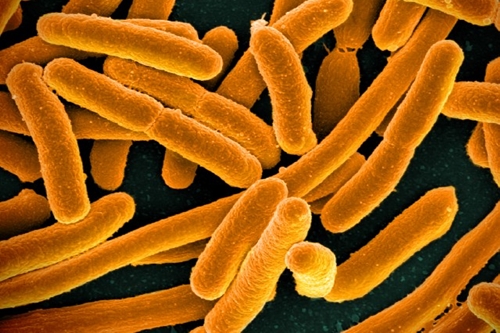26 January 2016. A lab equipment company is licensing a laser-based technology developed at Purdue University that quickly identifies foodborne pathogens. Financial aspects of the agreement between Purdue, in West Lafayette, Indiana and Andreas Hettich GmbH in Tuttlingen, Germany were not disclosed.
Hettich is acquiring the rights to Bacteria Rapid Detection using Optical Scattering Technology, or Bardot, designed in the lab of cytometry professor J. Paul Robinson in Purdue’s Center for Food Safety Engineering. Cytometry is the the analysis of cells and cell systems, where quantitative data are derived from individual cells.
Bardot is designed to quickly and accurately detect foodborne pathogens, which with conventional analytical equipment can more than one day to complete. Centers for Disease Control and Prevention says 48 million, people in the U.S. — 1 in every 6 Americans — become ill from foodborne diseases each year, leading to 128,000 hospitalizations and 3,000 deaths. Agricultural Research Service in the U.S. Department of Agriculture, National Science Foundation, and National Institutes of Health funded development of Bardot.
The portable Bardot system works by shining a laser through a bacterial colony, with an optical light scattering sensor collecting the returned images. The images are distinctive for each kind of bacteria, making to possible to create a library of these identifying fingerprints. Returned images can then be compared to known pathogens providing real-time identification of listeria, staphylococcus, salmonella, vibrio, and multiple strains of E. coli bacteria.
Because Bardot is portable, inspectors can use the system on site, rather than sending samples to a remote lab for analysis. It also requires no added reagents, which lowers the cost of inspections. In addition, says Robinson in a university statement, “The technology can transmit a pathogenic organism fingerprint across the country instantly without the danger of physically transporting the pathogenic organism.”
Hettich makes equipment for research, clinical, and analytical labs including centrifuges, incubators, and robotic devices. The company says it plans to demonstrate its implementation of Bardot at this week’s meeting of the Society of Laboratory Automation and Screening in San Diego.
Read more:
- Monsanto, Biotech Developing Soil Nutrient Microbe
- Crop Disease Images Collected, Available Via Smartphones
- Standard Devised to Cut Poultry Antibiotic Use
- Simple Avian Flu Test Designed for Poultry
- Sharp Rise in Livestock Antimicrobial Use Expected
* * *


 RSS - Posts
RSS - Posts
You must be logged in to post a comment.